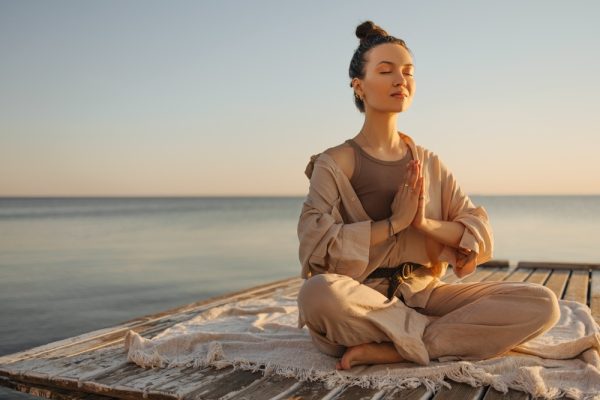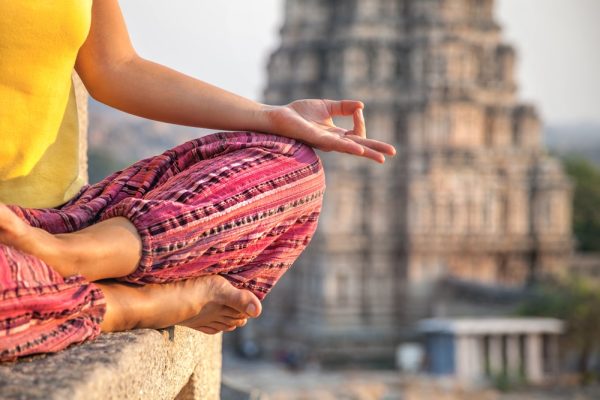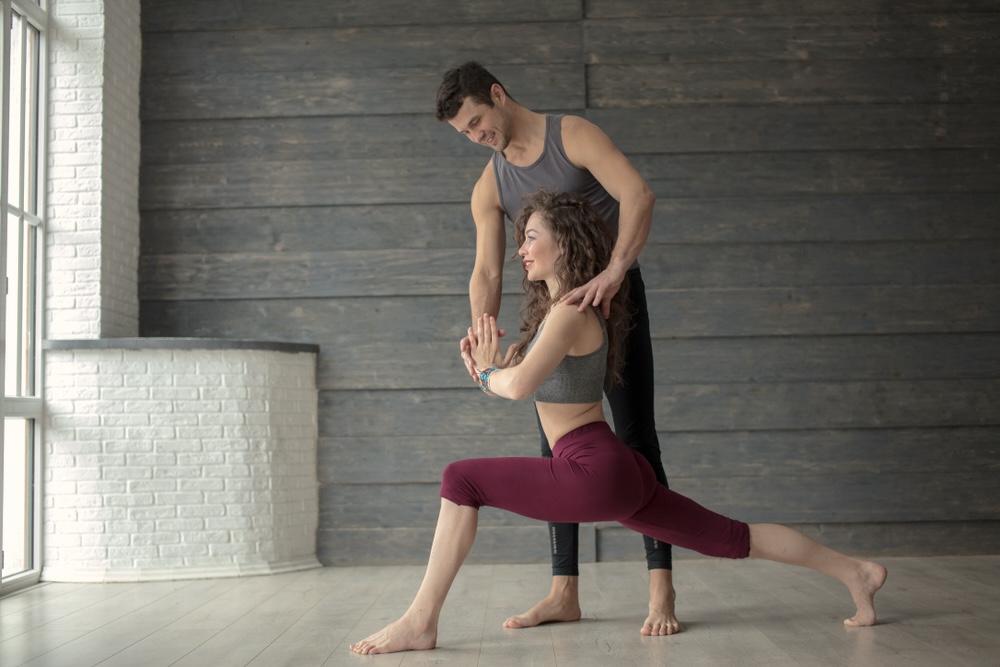Meditation has become a widely embraced practice across various cultures and belief systems. People of all ages, whether adults or kids, apply meditation to relax, achieve calm, reduce anxiety, and many more.
In Hinduism, meditation, known as dhyana, holds a significant place as a spiritual practice. It is more than sitting and being still. In this blog post, we will look into its purpose in Hinduism, exploring its various aspects and shedding light on its profound significance.
Understanding Dhyana
Dhyana, derived from the Sanskrit word meaning “journey or movement of the mind,” is an integral part of Hindu philosophy and spiritual traditions. The practice of dhyana involves observing the inward and outward movement of thoughts, focusing the mind, and achieving a state of deep concentration.
By withdrawing the mind and senses from external distractions, practitioners aim to gain insightful awareness and explore the true nature of themselves and the world around them.
 The Purpose of Meditation
The Purpose of Meditation
The primary purpose of this practice in Hinduism is to gain self-knowledge and consciously investigate the mind and body. Through regular practice, individuals can develop a heightened level of awareness, enabling them to comprehend the impermanence of existence, understand the fluctuations of their own minds, and recognize the root causes of suffering.
It provides a means to overcome mental blocks, negative thinking, stress, anxiety, and debilitating fears by uncovering their underlying causes and addressing them.
Types of Meditation
Hindu meditation encompasses various techniques and approaches, each tailored to suit different individuals and their spiritual journeys. Some popular forms include focusing on a chosen object or idea, breath control, deep meditation, and meditation with eyes closed. These practices serve as tools to stabilize the mind, cultivate detachment, and attain higher states of consciousness.
The Role of Physical Posture
While meditation can be practiced in various physical postures, such as seated, standing, or lying down, the lotus position is often preferred in Hindu traditions. Sitting cross-legged with the spine straight helps maintain physical stability and encourages a calm and focused mind. However, it is important to note that the physical posture is secondary to the mental state achieved during the practice.
The Spot Between the Eyebrows
In Hindu meditation traditions, the spot between the eyebrows, known as the third eye or ajna chakra, holds special significance. It is believed to represent spiritual insight and inner vision. Focusing on this spot during meditation can enhance concentration and facilitate a deeper connection with one’s inner self.
 Meditation as a Spiritual, Religious Practice
Meditation as a Spiritual, Religious Practice
Meditation in Hinduism extends beyond the boundaries of a mere relaxation technique. It is considered a profound spiritual practice that allows individuals to connect with their divine essence.
By meditation, practitioners enter transcendental states of self-absorption and tap into the universal consciousness. Through this practice, they seek to uncover timeless truths about themselves, the universe, and their place within it.
Meditation, or dhyana, plays a vital role in Hindu philosophy and spiritual traditions. Its purpose is to enable individuals to explore their own minds, gain self-realization, and understand the true nature of existence.
By practicing meditation, Hindus embark on a journey of self-discovery, cultivating awareness, peace, and harmony within themselves – body and mind and spirit. Whether meditation in stillness with eyes closed or focusing on an object, the goal remains the same – to connect with the divine and attain a higher state of consciousness.



